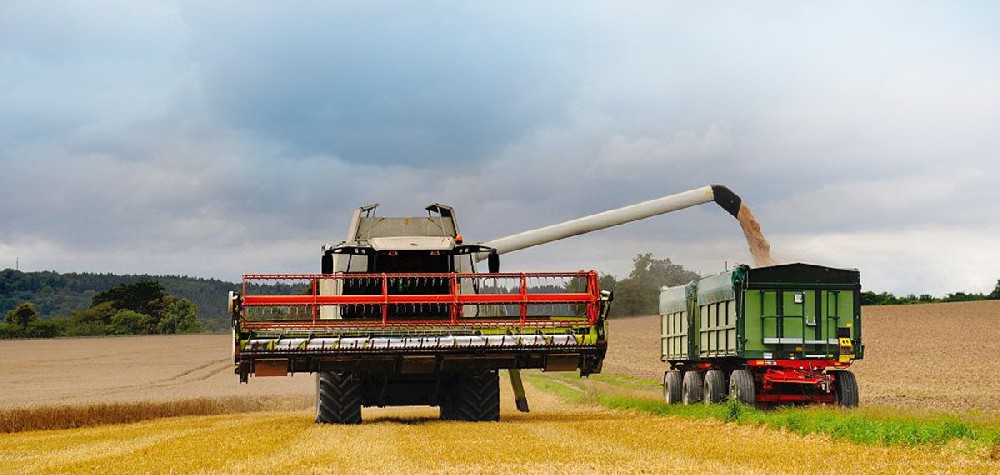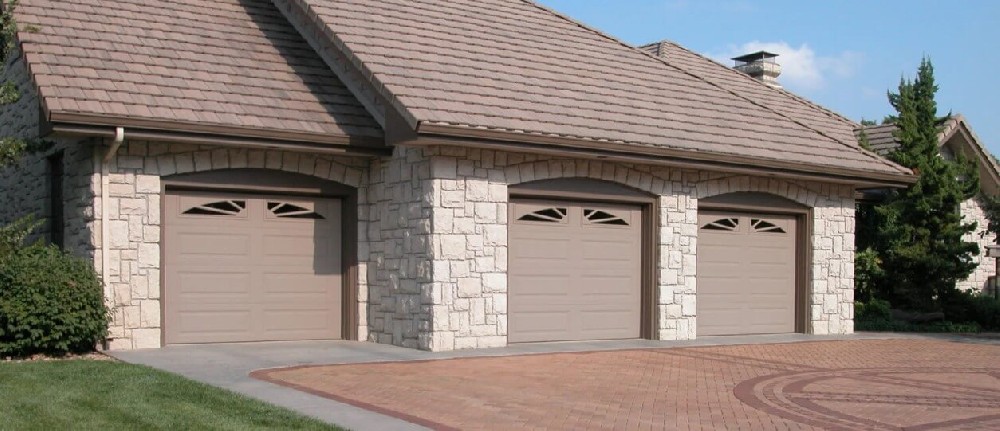Navigation Menu
Contact Us
- Email:
- info@wxavatar.com
- Address:
- Yurong Village, Yuqi Street, Huishan District, Wuxi, China.
Release Date:Aug 17, 2025 Visit:34 Source:Roll Forming Machine Factory
In the competitive building materials industry, speed and efficiency are vital to meeting growing demand for garage door panels. Traditional roll forming setups often rely on manual adjustments and handling, which can limit throughput. Automated garage door roll forming lines address this challenge by streamlining processes and minimizing downtime.

1. Continuous High-Speed Forming
Automation allows panels to be shaped at a consistent pace with minimal interruptions. Advanced servo-driven systems keep production running smoothly, reducing cycle times and increasing the number of panels produced per shift.
2. Automated Material Feeding
Integrated coil loading and feeding systems reduce manual intervention, ensuring a steady supply of steel sheets into the line. This minimizes idle time and allows operators to focus on quality monitoring rather than repetitive handling.
3. Precision and Consistency
Automated controls ensure accurate dimensions and uniform profiles across every garage door panel. This consistency not only improves product quality but also reduces the need for rework, saving both time and resources.
4. Integrated Cutting and Punching
Modern lines often include in-line punching and cutting stations that operate in sync with forming. By eliminating secondary processing, manufacturers can accelerate production while maintaining precision.
5. Reduced Changeover Time
Automation enables quicker adjustments when switching between panel designs or sizes. Pre-programmed settings minimize downtime, allowing for flexible production without sacrificing efficiency.

Conclusion
Automated garage door roll forming lines significantly boost production speed by ensuring continuous operation, precise forming, efficient material handling, and reduced downtime. For manufacturers, investing in automation not only accelerates throughput but also strengthens competitiveness in a fast-moving market.